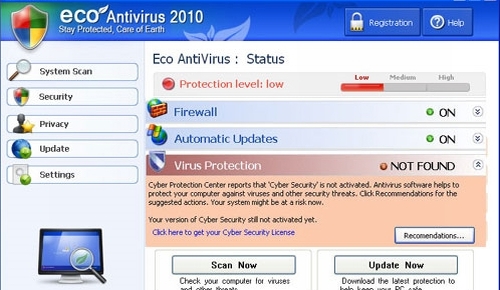Steps To Repair Runtime Error 70
Runtime error 70 is a common error originating from insufficient security rights when attempting to access a server from a remote application. This is not the only reason why it occurs, it also occurs when the user tries to open a copied file. The runtime error 70 will appear as the user will not have sufficient rights as the file is being used. If this error appears, it usually means the computer is trying to access a DCOM server. A DCOM server is used in a network to send messages to each workstation for them to communicate with different processes. This error is not too complex to solve and requires you to follow these steps.
What Causes Runtime Error 70?
An example of an error you may receive when the error occurs is:
Run-time error ’70’:
Permission Denied
This error is present in Microsoft Windows systems and the reason they occur, as mentioned before, is partly due to the lack of security privilages. If the workstation cannot access the server then it cannot complete the task and to stop the computer endlessly attempting to fulfill this and freeze, Microsoft have designed a way to stop it which results in this error. The runtime error 70 can occur when the user attempts to invoke methods on the MTS component (Microsoft Transaction Server) from which they do not have rights to. These problems are only minor and can be solved by following the steps below.
How To Fix Runtime Error 70
Step 1 – Enable Authorization Checking
The above error usually occurs when either Enable Authorization Checking is turned on in Microsoft Transaction Server or the Microsoft NT user that is trying to launch the objects from the VB application does not have the rights to invoke methods on the MTS component. To resolve these issues:
- Clear the Enable Authorization Checking setting. To do this, launch MTS Explorer and then open the properties window for the component. In the security tab, clear Enable Authorization Checking.
This method eradicates the stringent security privileges that would be present if the option was left on. This should allow acces to the server from the Windows NT workstation, however, if this is not the case please continue to the next step.
Step 2 – Give Administrator Permissions To All Users On Your PC
Giving the user administrator permissions will allow them access to the server as the server will recognise that the workstation is not a foreign one but is indeed a safe local workstation. To carry out this step, you must:
For Windows 95, 98 or ME:
- Run DCOM Config.
- Select the DCOM Server application from the list of available applications.
- Select the Properties button, or double-click the DCOM Server application in the list.
- Test the server with “Default Access Permissions.”
For Windows NT or 2000:
- Run DCOM Config.
- Select the DCOM Server application from the list of available applications.
- Select the Properties button, or double-click the DCOM Server application in the list.
- Test the server with “Default Access Permissions,” “Default Launch Permissions,” and “Custom Configuration Permissions.”
On either of these steps, if the run time error 70 still appears, try not to go to the next step straight away, but to instead modify the Default Access Permissions from the Default Security tab in DCOM Config. This is a common reason why the error occurs because they restrict what the user can access and therefore produce this security related error. If this step did not work, carry out the next step.
Step 3 – Enable DCOM (For Windows 95 and Windows 98)
If the server that the user is attempting to access does not have DCOM enabled, the runtime error 70 will appear. This is easily resolved by following these instructions:
- On the Server machine, run DCOM Config (DCOMCNFG.EXE).
- Choose the Default Properties tab.
- Ensure that Enable Distributed COM on this computer is checked. This value is stored in the Windows Registry at the following location:
HKEY_LOCAL_MACHINE\Software\Microsoft\OLE
This should instigate the DCOM on the server machine, allowing the application to load and the workstation and server to communicate fully without interruption or conflict. If this does not work, carry on to the next step.
Step 4 – Clean Out The Registry
– Download this registry cleaner
Registry cleaners can play a very important role in how well Windows operates, and can help stop the Runtime 70 error. The registry is basically a central database which stores vital settings and information for your system, allowing Windows to remember a huge number of details for your PC. Unfortunately, the registry is also prone to becoming corrupt, leaving your system running extremely slowly and unreliably. To fix this problem, you should use a ‘registry cleaner’ to scan through your registry and repair any of the damaged parts of it that are causing your computer to run extremely slowly or with errors. You can download our recommended registry cleaner below:



